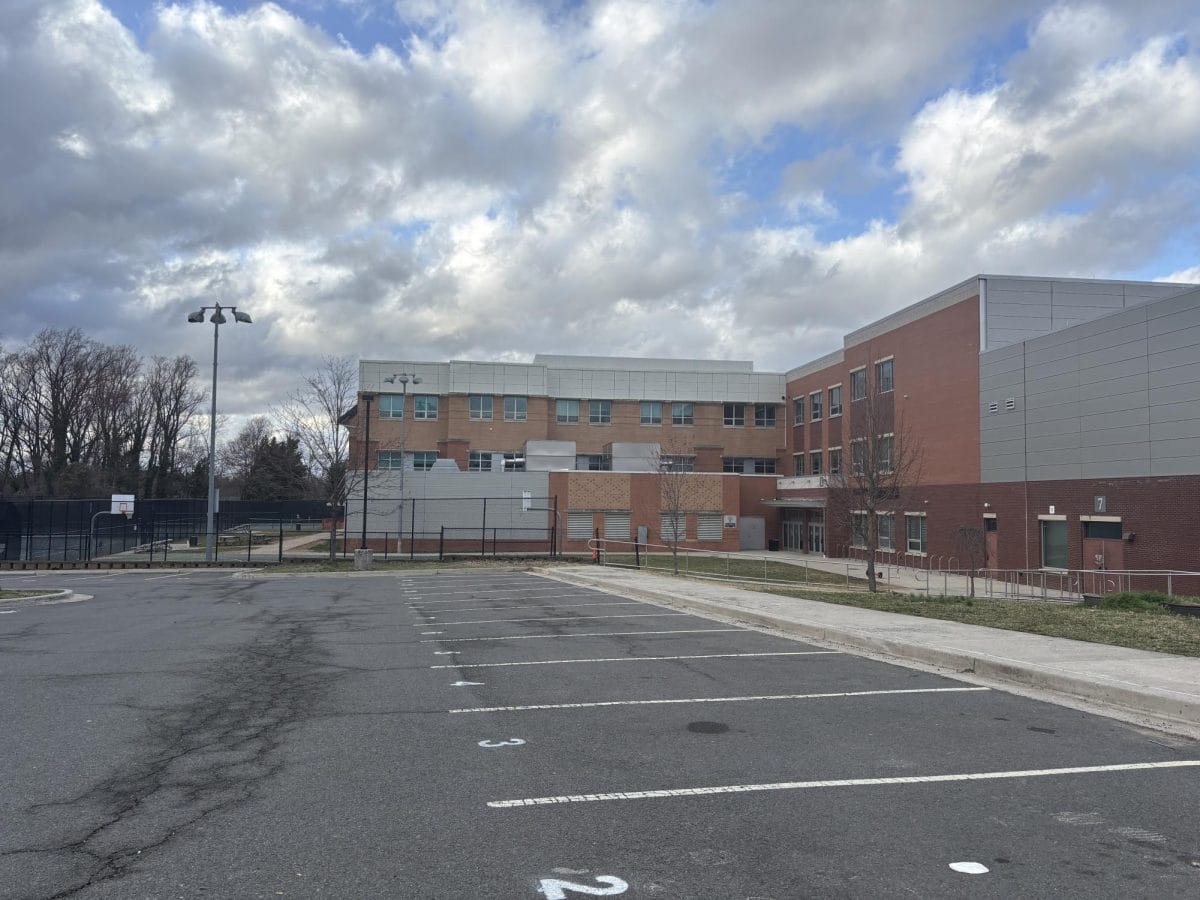Scattered throughout the state of Georgia, at one hundred and seventy-nine sites that often occupy what were formerly all-black schools in the days of segregation, is a web of schools exclusively for students with disabilities. The program in question, the Georgia Network for Educational and Therapeutic Support (GNETS), is attended by roughly 4,000 students, typically having been designated by the state as economically underprivileged, most of them black, and almost always undiagnosed with a specific disability.
GNETS has several problems – many of which have landed the Georgia Department of Education in hot water amidst lawsuits and investigations, most notably by the Department of Justice. Parents, researchers, and prosecutors have all been quick to point out that the concept of a separate school system for disabled students appears to be in direct violation of numerous federal acts – specifically the Individuals with Disabilities Education Act (IDEA) and the Americans with Disabilities Act (ADA), both of which forbid discrimination against or segregation of disabled individuals from the general population. Furthermore, IDEA states that any student with a disability must be educated in a standard classroom environment alongside non-disabled students in the least restrictive way possible that still allows them to learn.
This concept is not one that seems to align particularly well with the student experience at GNETS. The classes are often sparsely populated, with middle and high school classes typically averaging about 10 students (elementary classes, which make up 1/3 of GNETS, average even less). The populations of the schools are quite disproportionately male and disproportionately black (even when disability demographics are accounted for) and police are often called to classrooms. Students are regularly physically restrained multiple times throughout the day, with the grandmother of one student reporting having come to visit the classroom only to see her six-year-old grandson having been handcuffed to a chair. Often, these acts of physical restraint result in students being injured. Although it occurs less frequently than before 2010, it is still not unheard of for students to be sent to “seclusion rooms,” or concrete cells with doors that lock from the outside; this method of punishment was banned in 2010, 6 years after a 13-year-old student hung himself in a GNETS seclusion room.
Another important mandate set in place by IDEA states that the quality of education received by disabled students must be as close as possible to that received by non-disabled students. At GNETS schools, however, many argue that this is not the case. The majority of instruction done at GNETS schools is conducted through a go-at-your-own-pace online curriculum rather than by classroom teachers, who often do not have a degree in education and/or training in disability services or education. The result is a system of what are essentially daycare centers with a 10% graduation rate. Further alarming is that after cameras were installed in all GNETS classrooms following incidents of violence against students by teachers, a study of the cameras’ footage showed that most GNETS students receive an average of only 30 minutes of instruction per day.
The are many possible detriments to such a system. Numerous studies have found that disabled students often have the same aptitude for learning as their non-disabled peers, and that both can attain the same level of education provided that they receive the same quality of education. GNETS does not provide this opportunity. Instead, through online courses that are not catered to the needs or Individualized Education Programs (IEPs) of individual students, it provides a one-size-fits-all (or what Leslie Lipson, a counsel for the Georgia Advocacy Office calls “one-size-fits-none”) sort of education that provides below-grade-level content that is either too advanced for some students or too basic for others. Contrary to the very idea of an IEP, there is rarely anything individualized about a GNETS education.
Even more difficulty awaits parents who attempt to pull their children out of the GNETS system. In most parts of the United States, disability education services are provided by the county, and not by the state. This means that if a family finds the program in their county to be unsatisfactory, they can move to another area perhaps 20 minutes away and have their child receive a more satisfactory education. The process of moving to another county, especially in more rural areas where parents would already be making sizeable commutes to work by car, would be minimally disruptive and overall easy to facilitate. The problem posed by GNETS, however, as a state-wide service, is that no matter where families move within the state of Georgia, their child will still be designated as a GNETS student – a designation that is extremely difficult to escape. Furthermore, In a system which so commonly features physical abuse, intimidation, and neglect by teachers, families may be intimidated into staying in place for fear of placing their child in an even worse environment before.
Even if GNETS families are able to go about the much more difficult process of moving to a different state, the problems posed by leaving GNETS can also be extremely damaging. If a student has already been in GNETS for several years, that student would be multiple grade levels behind in any other school system in the country. With many public disability education services already stretched thin on resources, especially in low-income communities that resemble those that most GNETS students come from, bringing a former GNETS student up to grade level could be an enormous challenge (if not an exercise in futility, considering that the longer a student stays in GNETS, the longer they go without having any real experience with formal education).
There is also the question of whether or not there is a racial bias in determining which students are selected for GNETS. One teacher told The New Yorker that black children (especially boys) often end up with recommendations for GNETS schools simply for using expletives in class, or, in one instance, for pushing a chair too loudly. The first GNETS school was established in 1970, shortly after all U.S. schools were ordered to integrate, in what had previously been an all-black school. At the time, for racially prejudiced educators, the idea of an entirely separate school system which students could be forced to attend simply by recommendation may have served as a method of re-segregating Georgia public schools. After all, if teachers or principals wanted to remove black children from their school, all that had to be done was to say that they were acting up in class – a practice that many believe continues to this day. “You don’t need to talk about race anymore,” Beth Ferri, a disability scholar at Syracuse University, said in an interview with The New Yorker. “You can just say that the kid is a slow learner, or defiant, or disrespectful.”
In 2016, 46 years after the first students were sent to GNETS, the Department of Justice filed a lawsuit against the state of Georgia. Among numerous other allegations mismanagement and neglect, the lawsuit’s primary accusation was that the state of Georgia was unlawfully segregating disabled students from their non-disabled peers. For many GNETS parents, the lawsuit was a sign of hope. It meant that perhaps, after years of seeing their children be denied a formal education and fearing for their safety, their children might finally be integrated back into a system that would follow the regulations set forth by IDEA. Unfortunately, this ended up not being the case. In August of 2017, the case was placed on indefinite hold until a federal appeals court in Atlanta could decide a case from Florida in which a judge had ruled that the Department of Justice could not prosecute ADA violations. This decision placed the lawsuit in a state of legal limbo in which it remains more than a year later.
Although the state was forced to close nine GNETS schools before the case was put on hold, things are more or less back to normal at every other campus. Students still spend their days in front of computer screens receiving instruction in below-grade-level content, supervised by untrained teachers and usually without any interaction with their non-disabled peers. Nowadays, for many GNETS parents, it seems as though the only option is to pull their kids out of public education entirely and opt for homeschooling. Most students do, after all, end up dropping out or being pulled out; GNETS’ graduation rate is only 10%.
What happens to the students who leave GNETS? It is hard to say for certain. Students who are pulled out by their parents end up being homeschooled, but since GNETS parents often don’t have the certification and/or time to homeschool their children, many former GNETS students end up once again taking classes online. Even for parents who are able to homeschool their kids, the curriculum is often borrowed from online homeschool courses. For the 10% who graduate, it is hard to find a job or a means of supporting oneself. Several GNETS students, both enrolled and unenrolled, have committed suicide.
In Georgia, one recommendation can condemn any student to a life without education. This is the reality for some 4,000 children without the means to guarantee themselves access to standard public education, trapped in a system of warehousing. In a nation where schools in communities of color are already often left at a disadvantage in delivering a concrete education, a system such as GNETS may even serve to cement such an issue through disproportionately sending children of color into a separate and unequal school system. GNETS selection may, in fact, pay little attention to whether or not a student is truly disabled or simply has behavioral problems, denying resources to children in need of only a small amount of guidance. For virtually all GNETS students, high and low-needs, there is practically no means of escape once they are in the system. The future of GNETS and its students is still uncertain – at least until the DOJ lawsuit finds its way out of limbo. For the time being, though, there may be little to do but to wait.







































